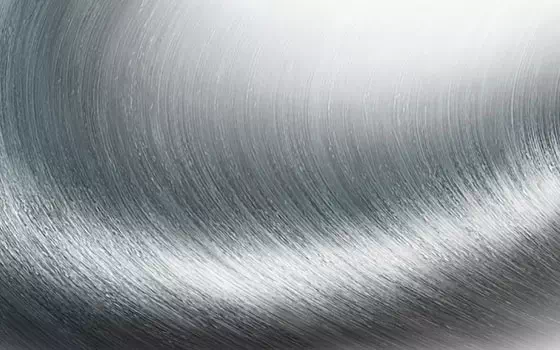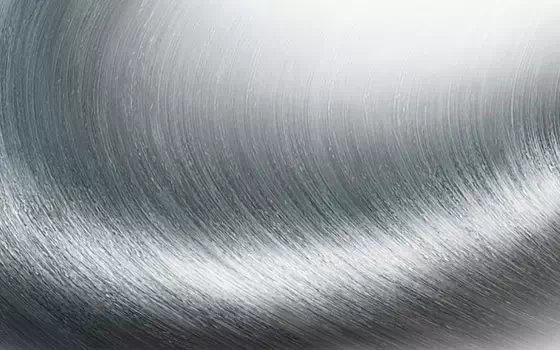Welcome to Zhishang Steel Co., Ltd.
TEL: (Gavin) +86-15665898999 | Email : info@zhishangsteel.com

The pickling and passivation of stainless steel pipes are like people taking a bath. Stainless steel pipe after welding, heat treatment, forging and other high temperature processing, the surface will produce a layer of oxide, which must be removed by pickling method. Passivation is generally associated with pickling, which must be passivated after pickling to form a protective film, which can effectively extend the service life of the equipment.
So, what are the methods of pickling passivation for stainless steel pipes?
1. Dipping method
Used for parts that can be put into pickling tanks or passivation tanks, but not suitable for large equipment pickling liquid can be used for a long time, high production efficiency and low cost; Large volume equipment full of acid immersion liquid consumption is too large.
2. Brushing method
Suitable for large equipment inside the surface and local processing material operation, poor working conditions, acid can not be recovered.
3. Paste method
For installation or maintenance site, especially for welding department to deal with manual operation, poor working conditions, high production costs.
4. Spray method
Suitable for pickling passivation of single product or equipment with simple internal structure in fixed and closed environment, such as spray pickling process on plate production line, for stainless steel chemical tanker, it can be used for pickling inner wall of liquid cargo tank.
5. cycle method
For large equipment, such as heat exchangers, tube and shell processing is convenient, the acid can be reused, and the pipe and pump need to be connected to the circulation system.
6. Electrochemical method
It can be used for parts, and can be used to brush the surface treatment of field equipment, the technology is more complex, requiring DC power supply or potentiostat.

Of course, the pickling passivation treatment of stainless steel pipes also has many points that need attention:
Pretreatment before pickling and passivation
1. Pickling and passivation pretreatment can be carried out on the stainless steel containers or parts after the manufacturing is completed according to the requirements of the drawings and process documents.
2. Clean the welding slag and spatter on both sides of the weld, and apply gasoline or cleaning agent to remove oil stains and other dirt on the surface of the machined parts of the container.
3. When foreign bodies on both sides of the weld, apply stainless steel wire brush, stainless steel shovel or grinding wheel **, and wash it clean with clean water (the chloride ion content in the water does not exceed 25mg/l).
4. When the oil pollution is serious, use 3-5% alkali solution to clean the oil and rinse it with clean water.
5. The oxide skin of stainless steel hot working parts can be mechanically sandblasted, and the sand must be pure silicon or alumina.
6. Develop protective measures for pickling and passivation, and determine necessary appliances and labor protection supplies.
Pickling passivation operation
Only containers or parts that have been pre-treated can be pickled and passivated.
Pickling liquid pickling is mainly used for the overall treatment of smaller unprocessed parts, which can be sprayed. When the solution temperature is 21-60 ° C, check every 10 minutes or so until a uniform white acid finish is present.
Pickling cream Pickling is mainly suitable for large containers or local treatment. At room temperature, clean the pickling paste evenly on the equipment (about 2-3mm thick), leave for one hour, and gently brush with clean water or stainless steel wire brush until a uniform white acid finish is present.
The passivation solution is mainly suitable for the overall treatment of small containers or components, which can be immersed or sprayed, and checked every 20 minutes when the solution temperature is 48-60 ° C, and every hour when the solution is 21-47 ° C until a uniform passivation film is generated on the surface.
Passivation paste is mainly suitable for large containers or local treatment, the passivation paste is evenly coated on the surface of the pickling container at room temperature (about 2-3mm), and checked after 1 hour until a uniform passivation film is generated on the surface.
The surface of the pickling passivated container or component must be rinsed with clean water, then test any part of the rinsed surface with acid litmus paper so that the PH value is between 6.5 and 7.5, and then wipe or blow dry with compressed air. When containers and parts are transported, hoisted and stored after pickling and passivation, do not bump or scratch the passivation film.

Zhishang Steel has always been a pioneer in custom steel and special supplies, and has been recognized for its efforts in enhancing work efficiency and product quality. In addition to ISO9001:2015 certification, we also adhere to strict quality policies and proprietary procedures. If you have any questions, please contact us to provide the best type of product solution for your pre-painted, coil coating metal process, we will closely support after-sales service to ensure that your subsequent problems can be solved in a timely manner, if you have any questions, please send email to info@zhishangsteel.com, we look forward to serving you.

Zhishang Steel, specializing in domestic steel products trade, warehousing, processing and other services. The team has four service teams: Shandong Zhishang Steel Co., LTD., Shandong Zhiyiheng Trading Co., LTD., Tai 'an Zhishang Economic and Trade Co., LTD., Shandong Zhishang Steel Structure Co., LTD. Mainly engaged in steel coil, coated, stee···